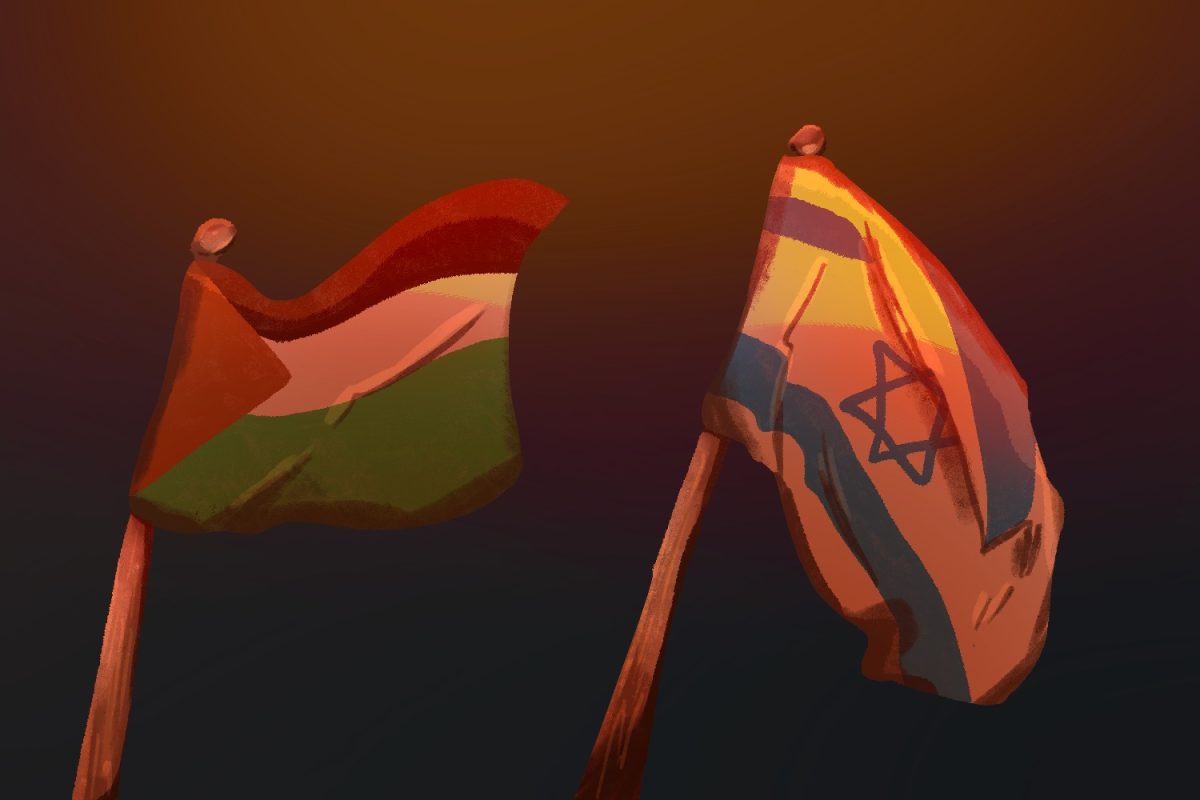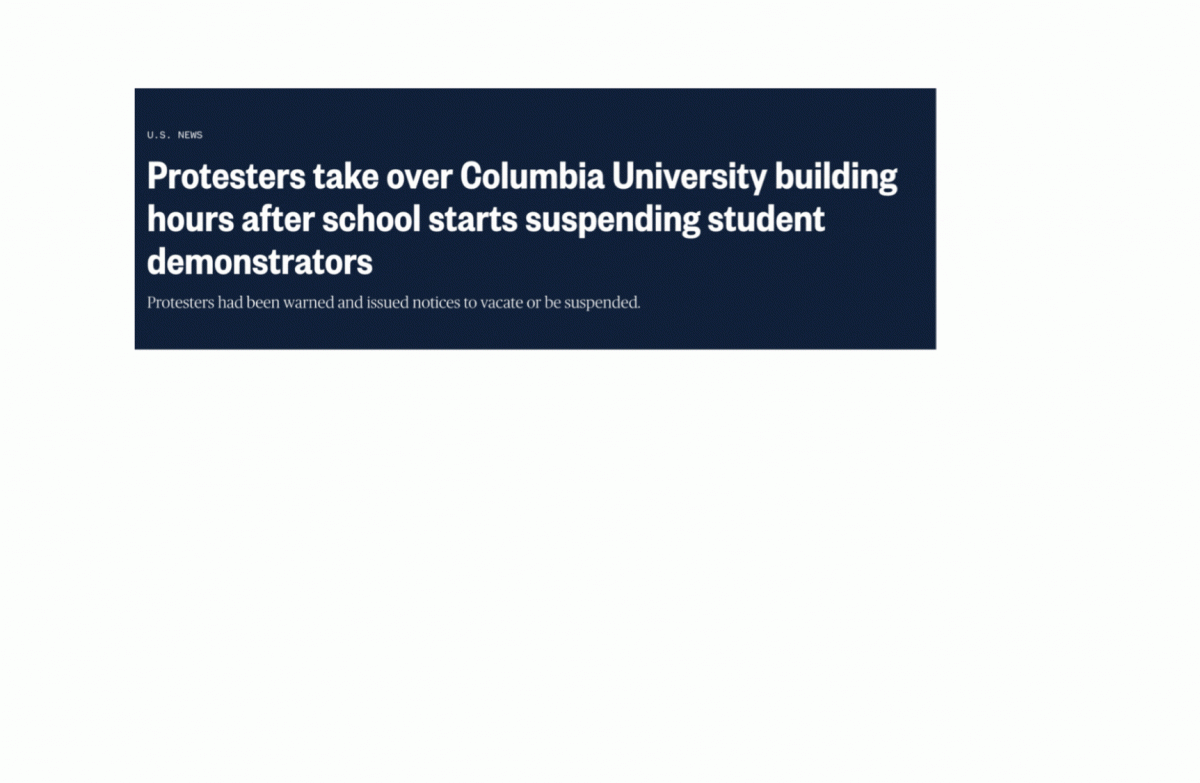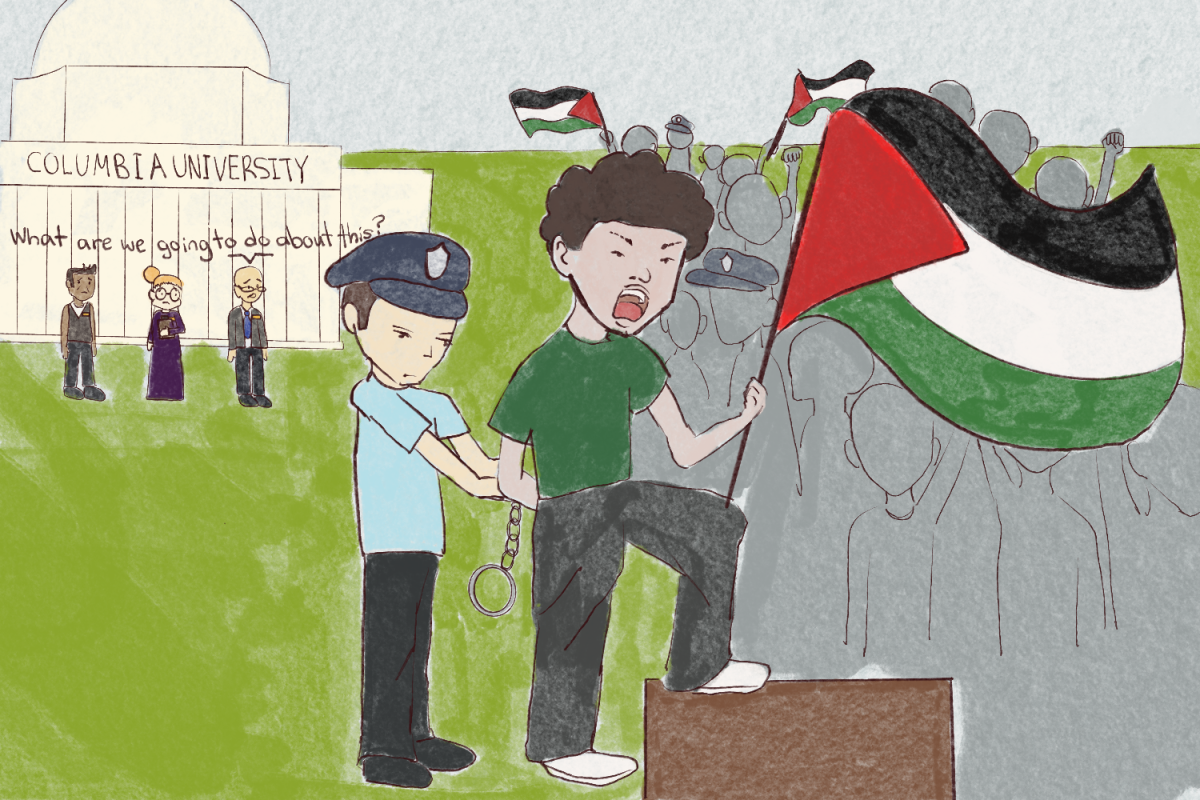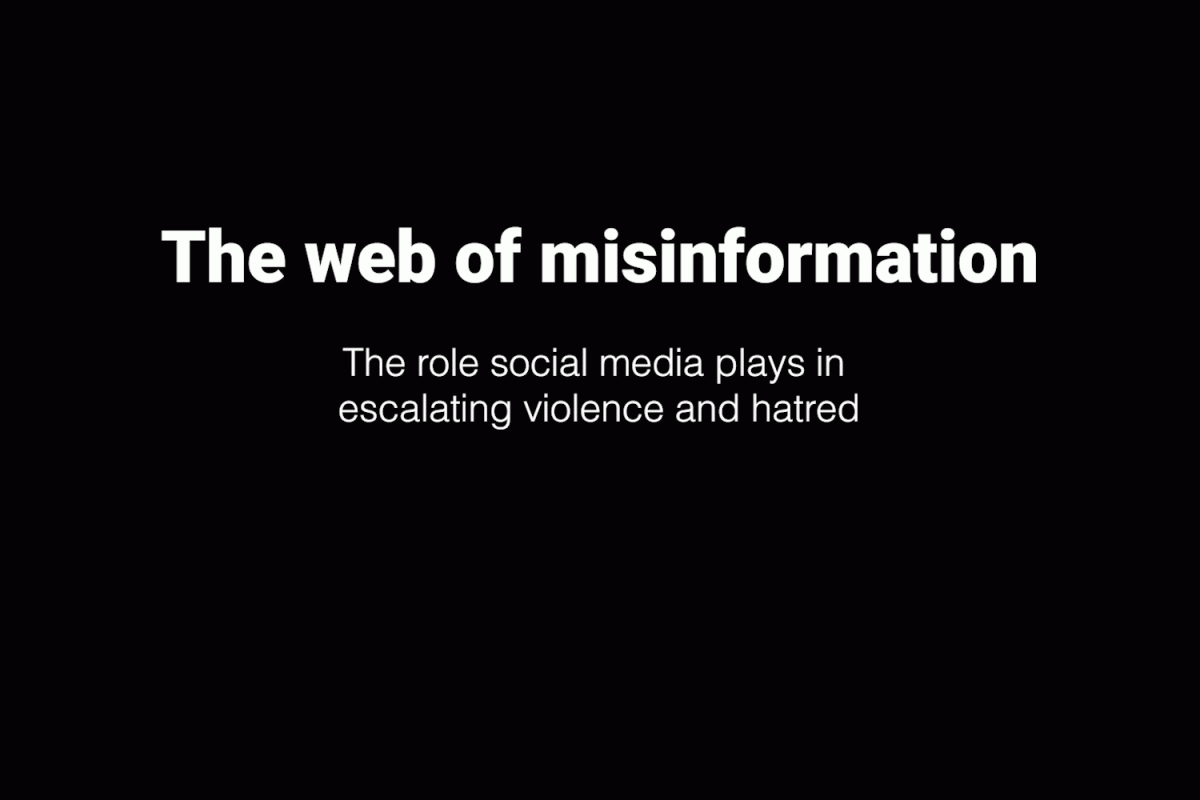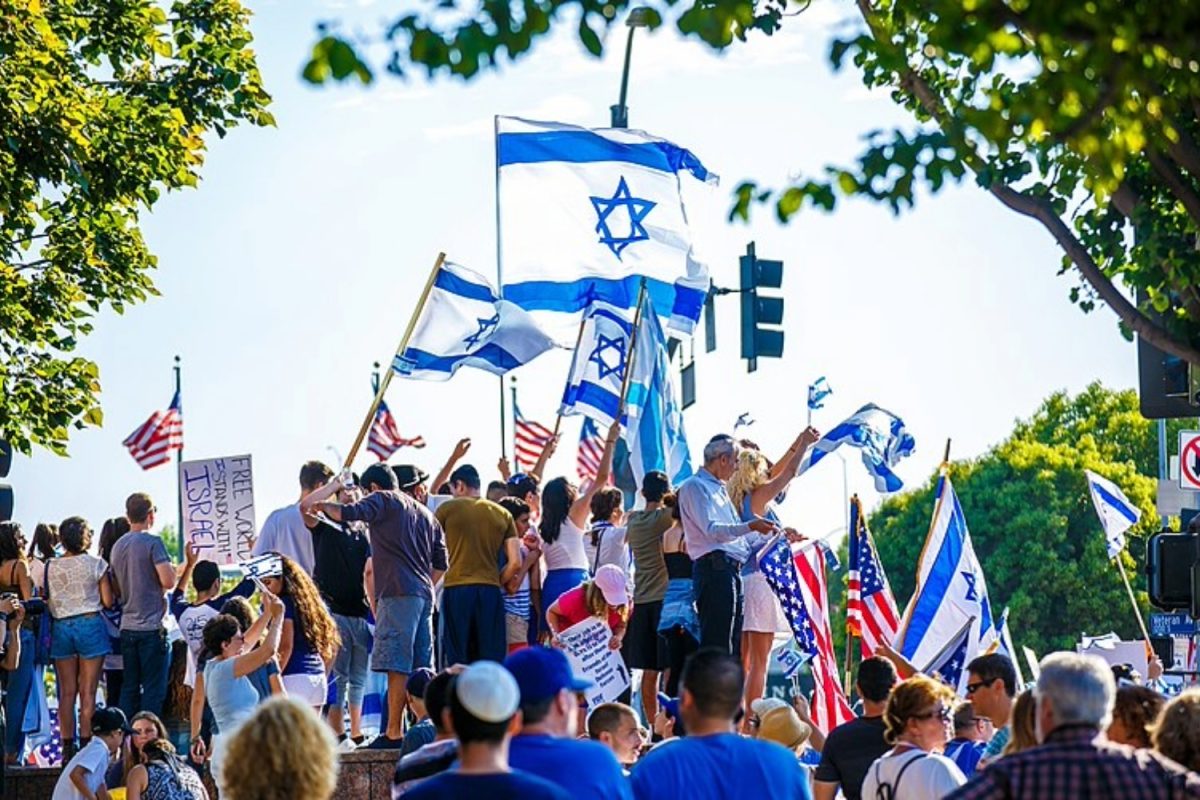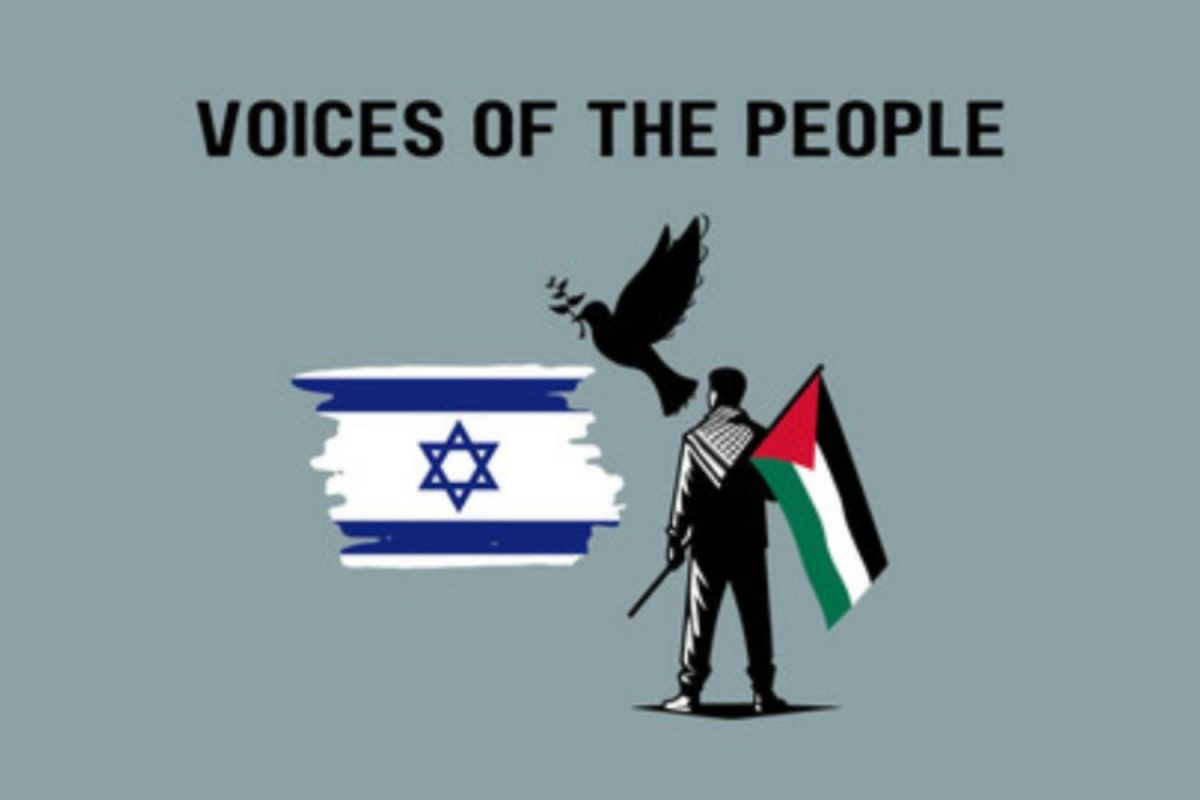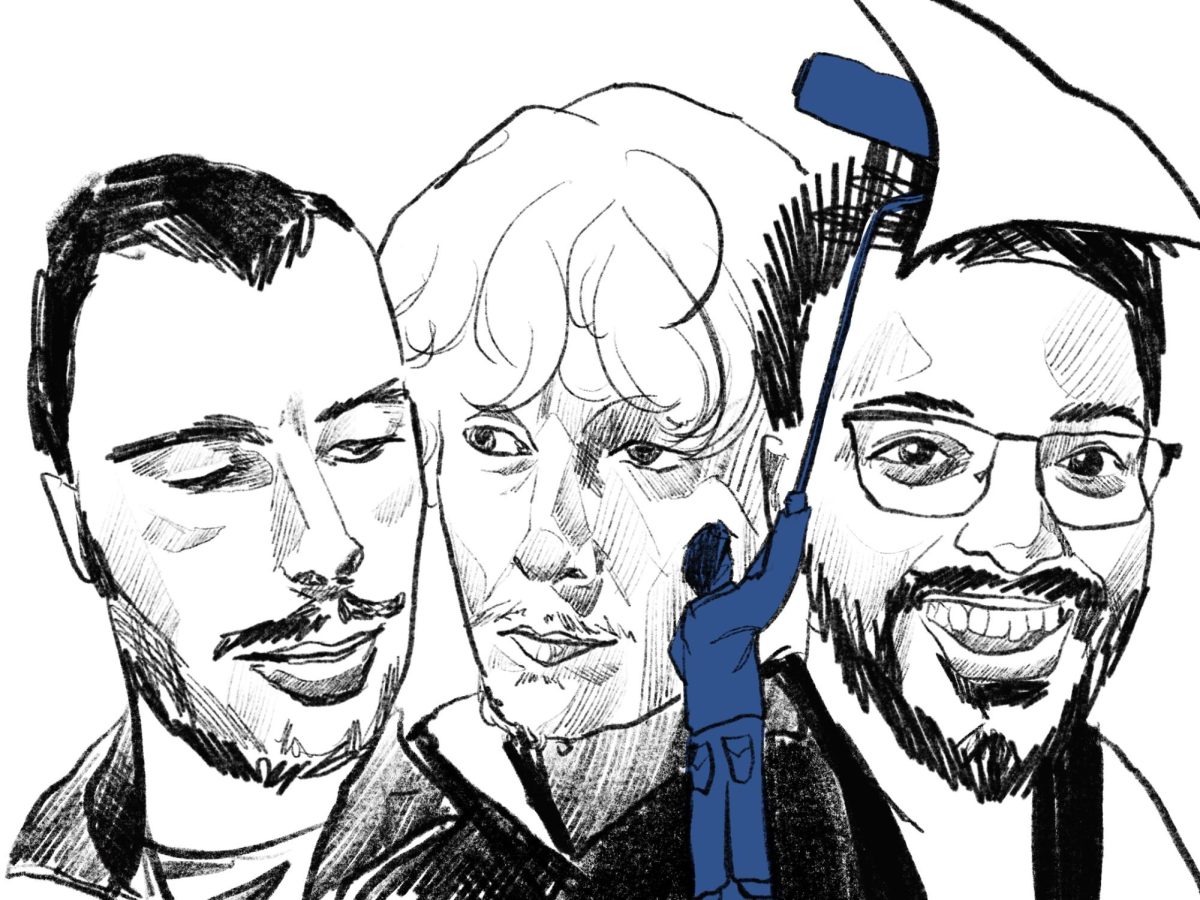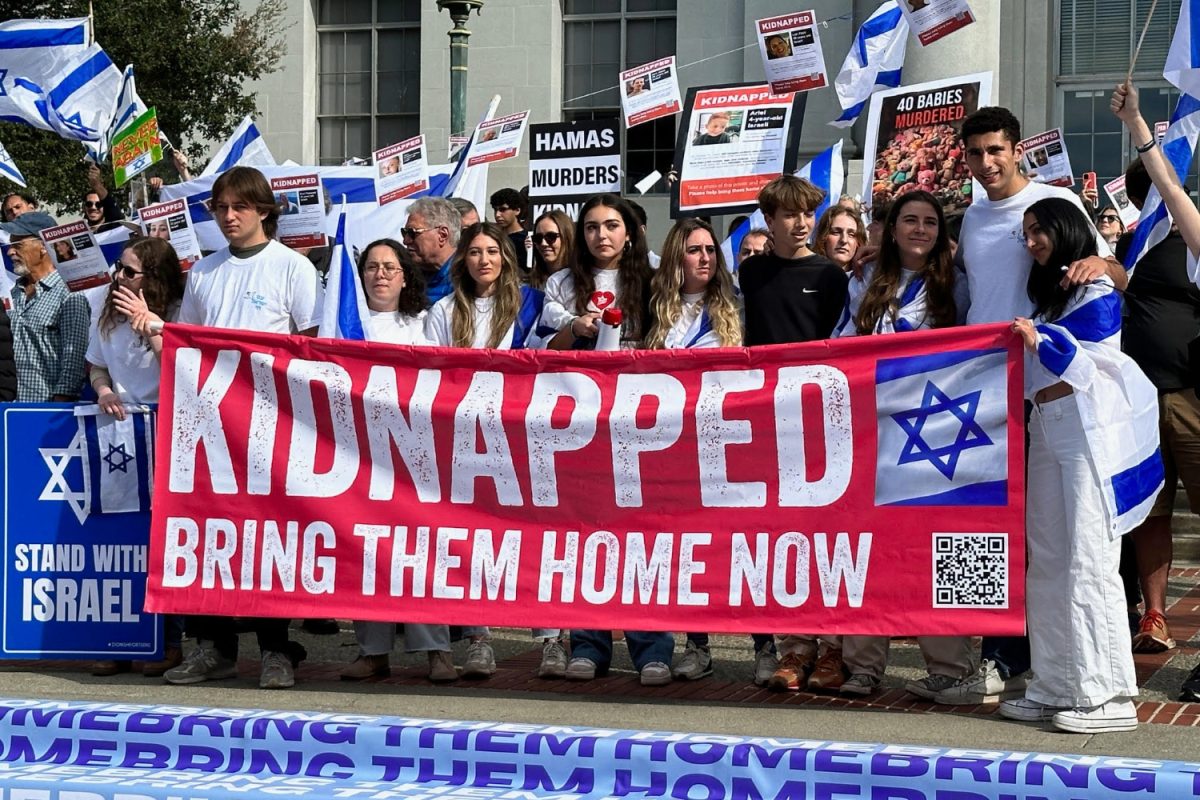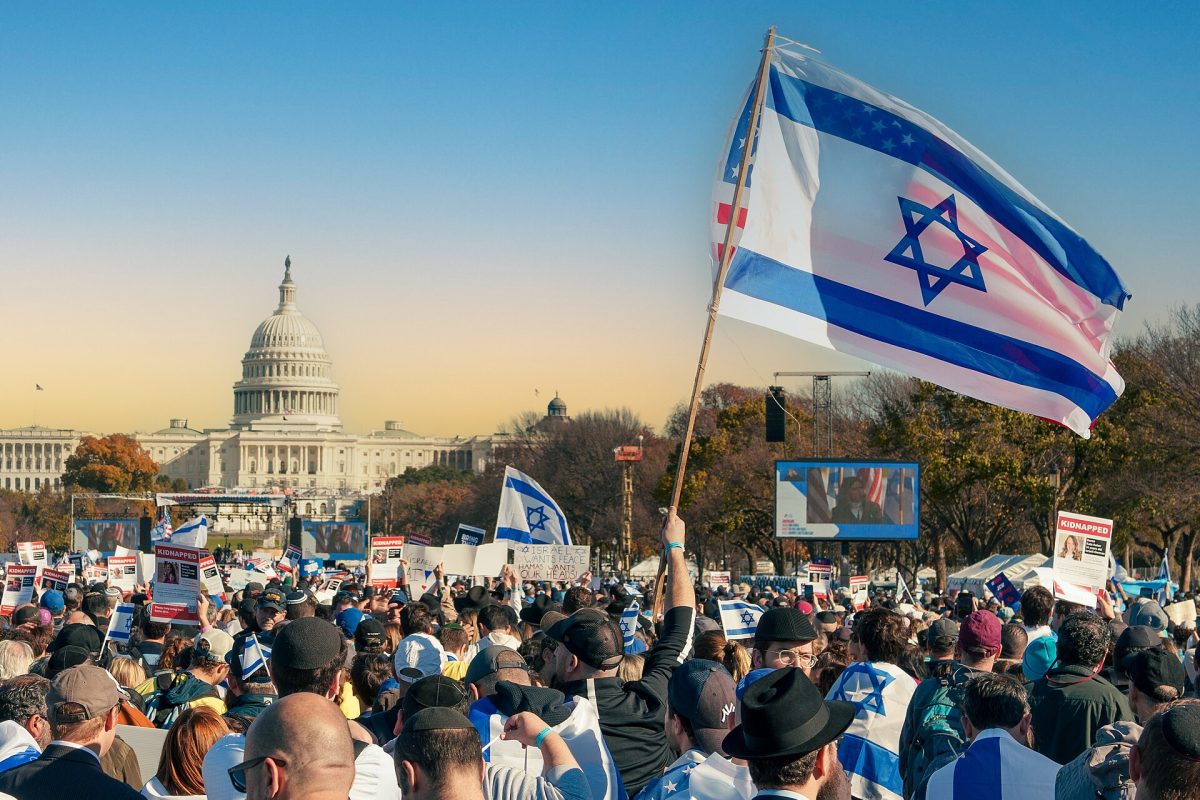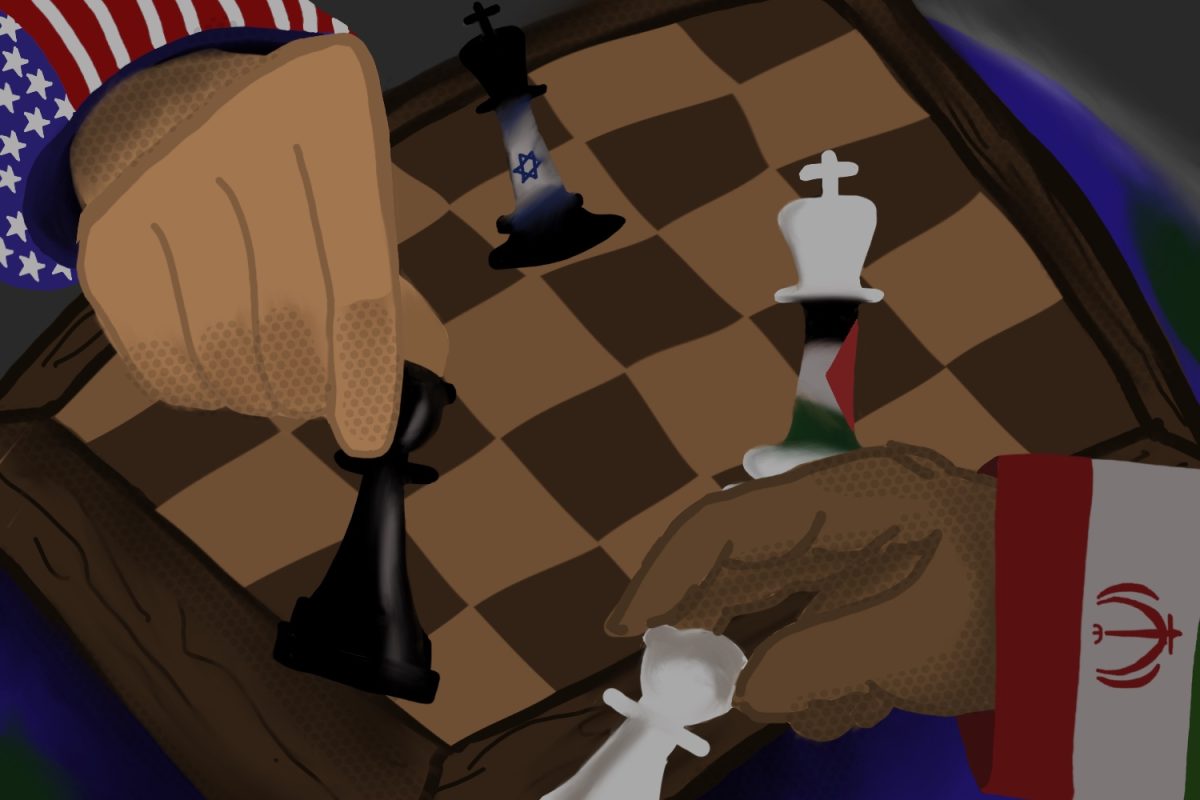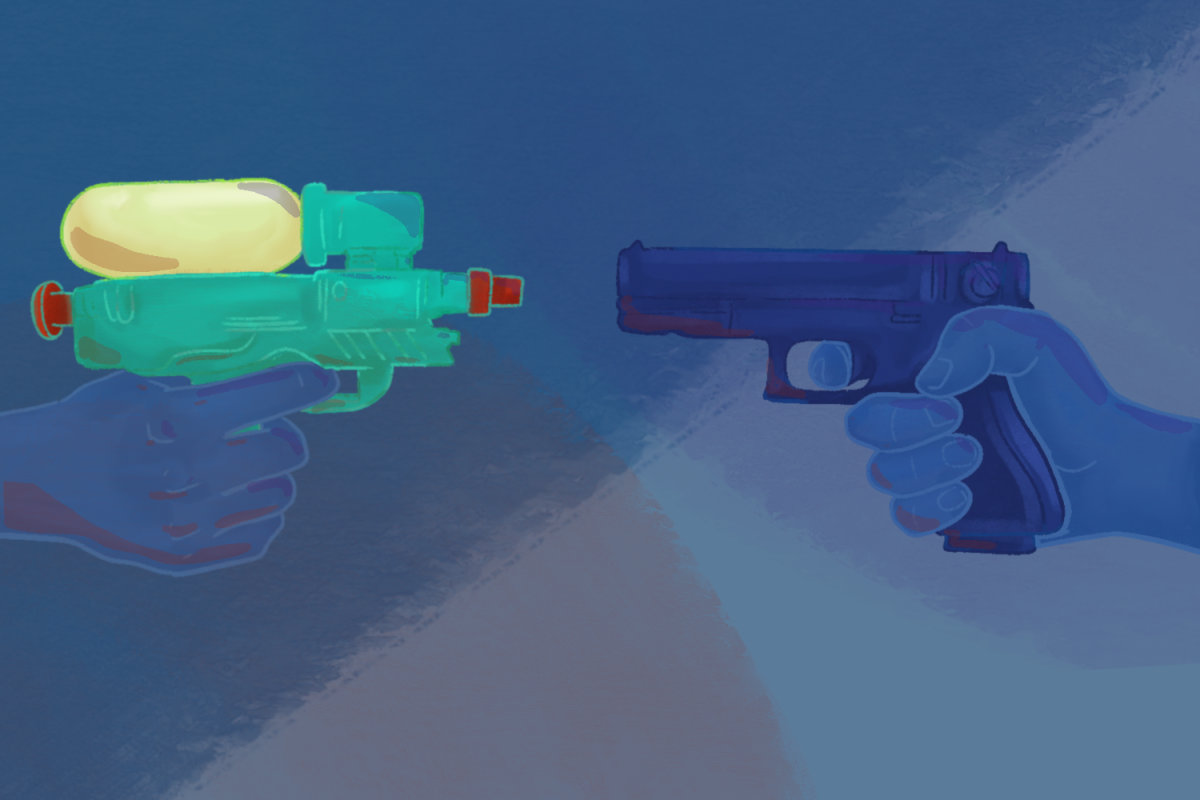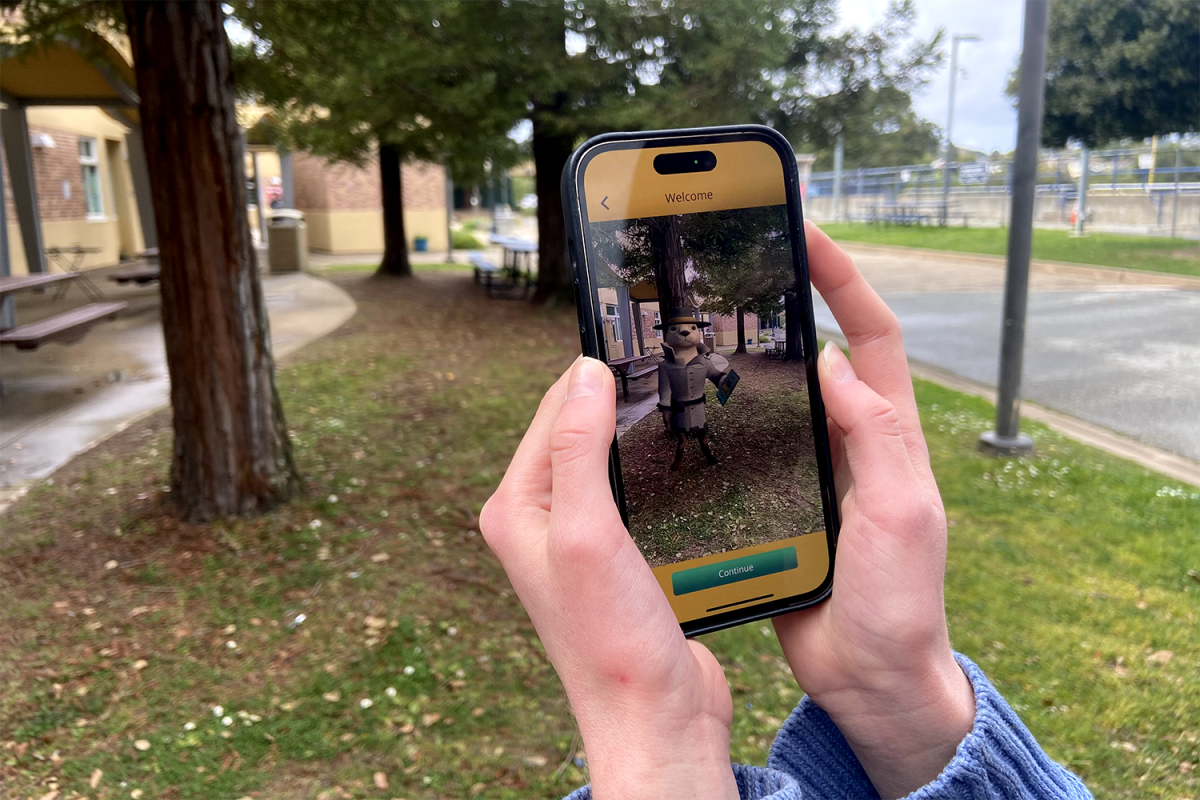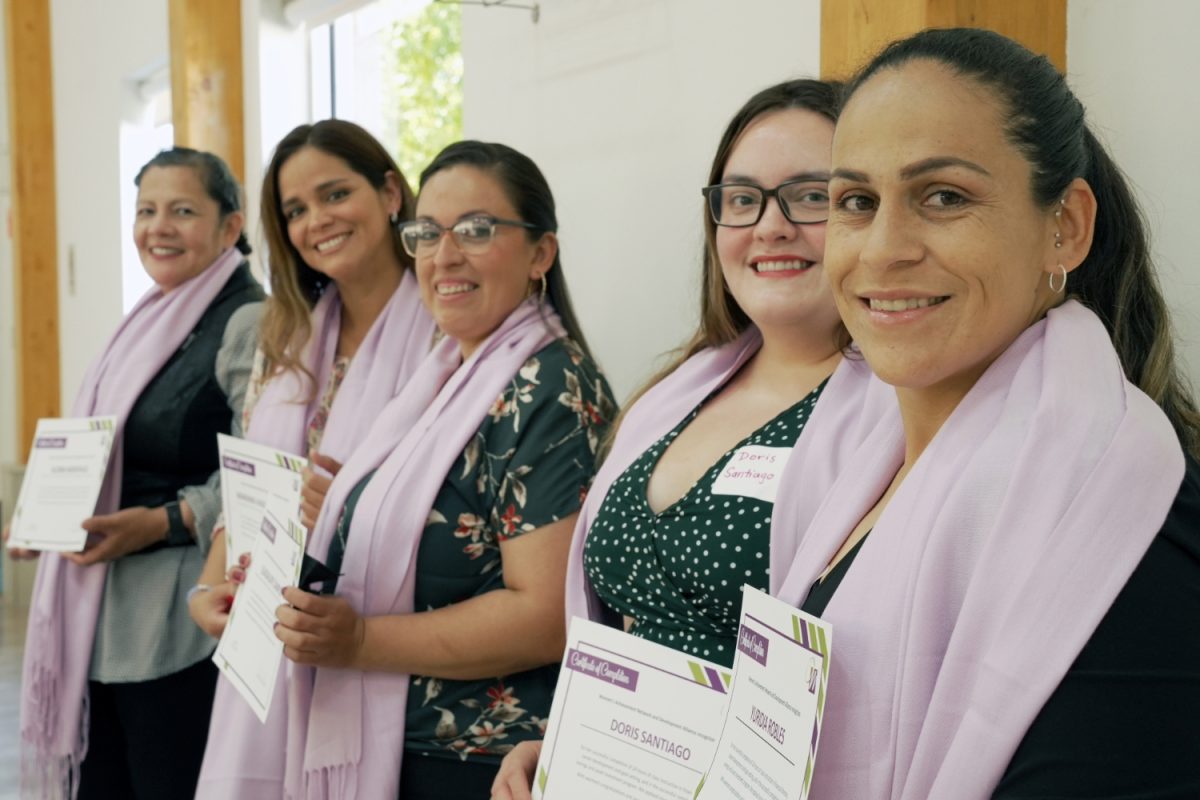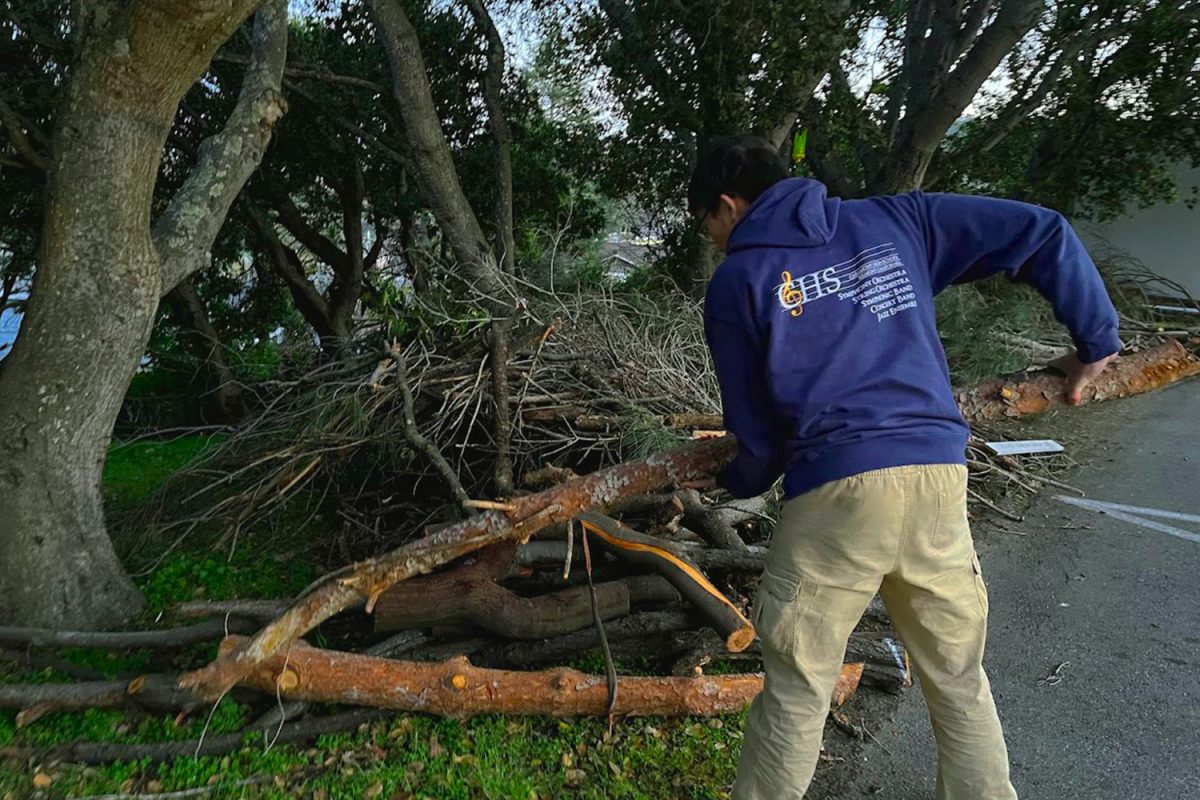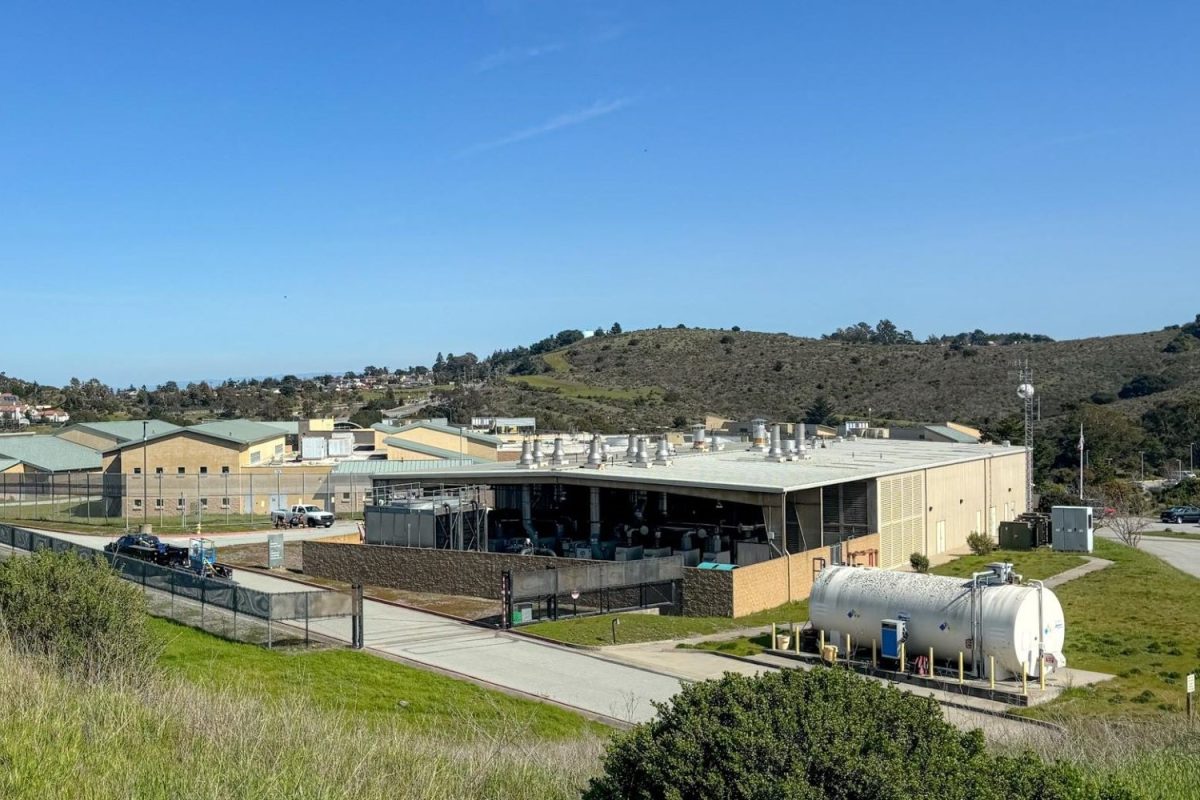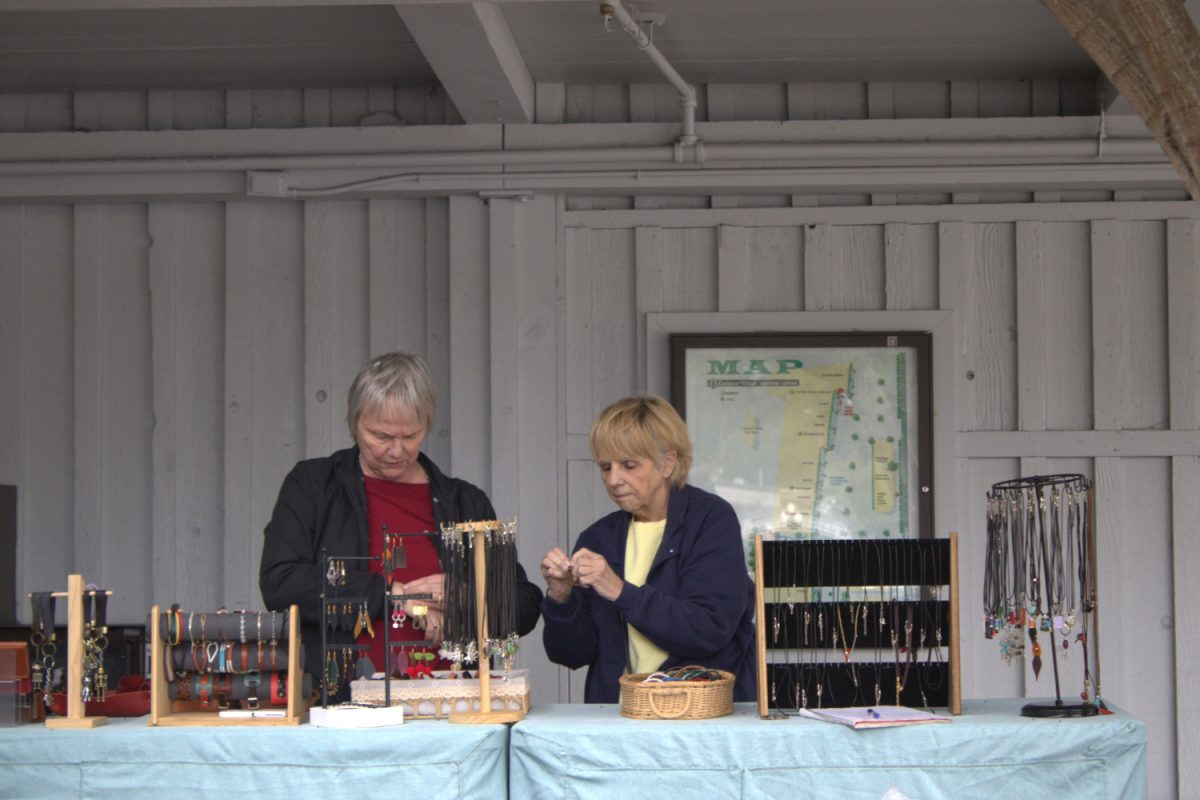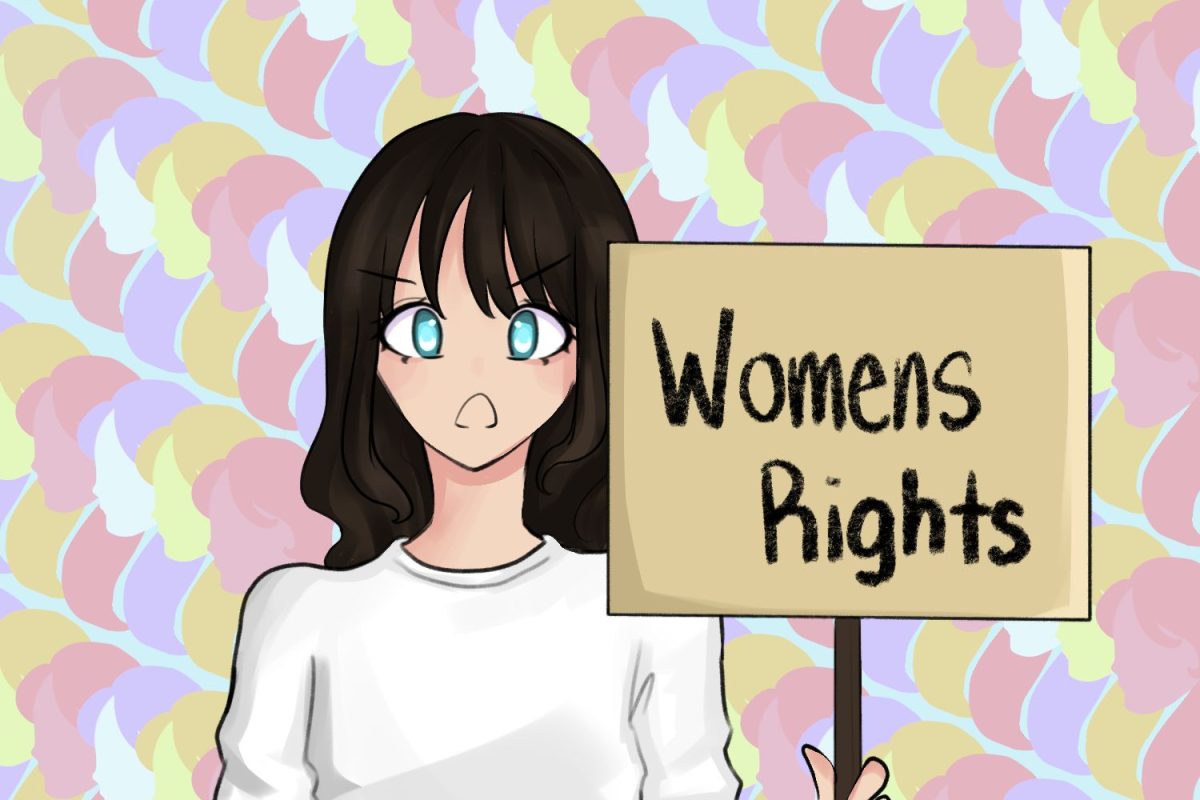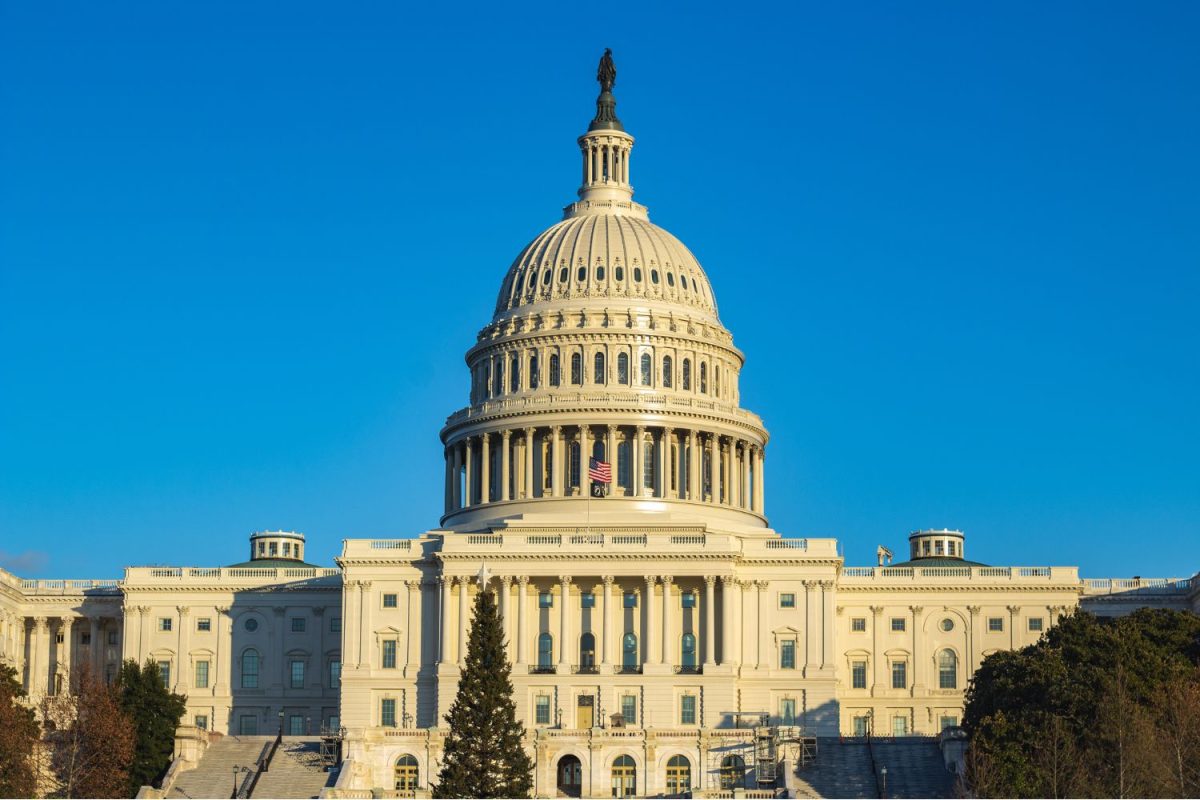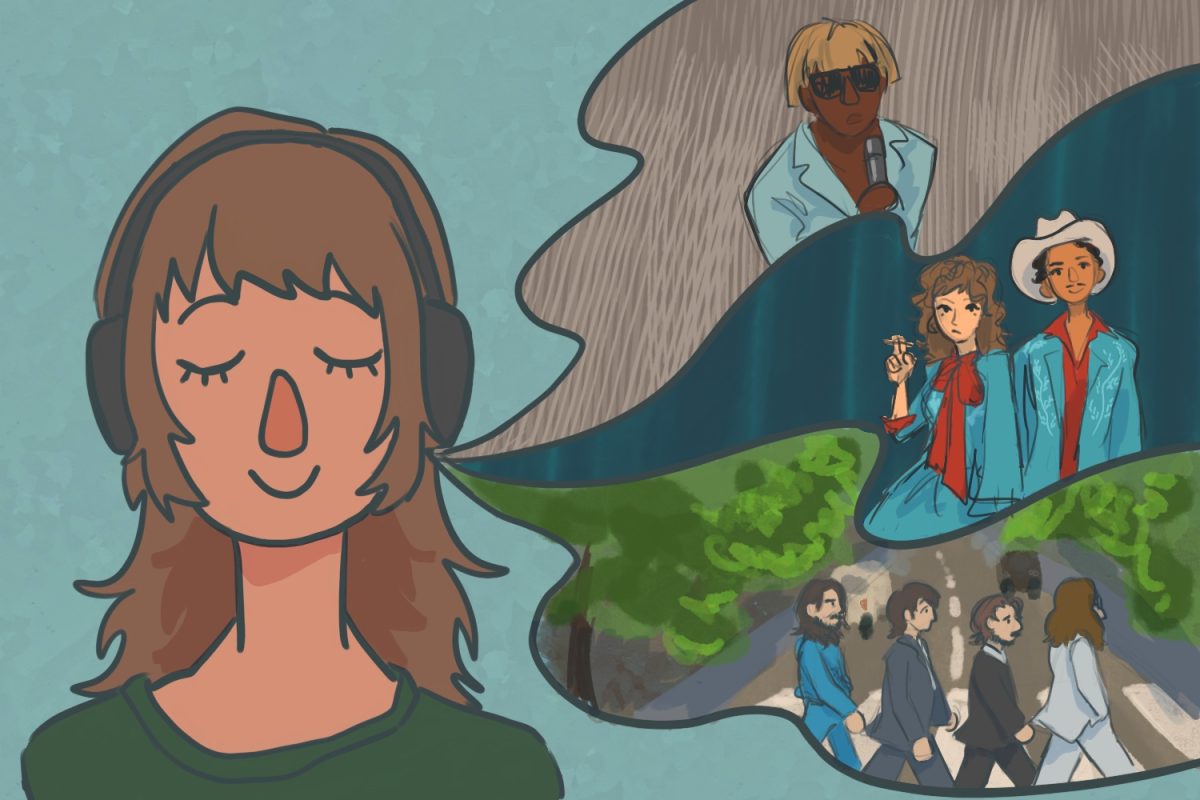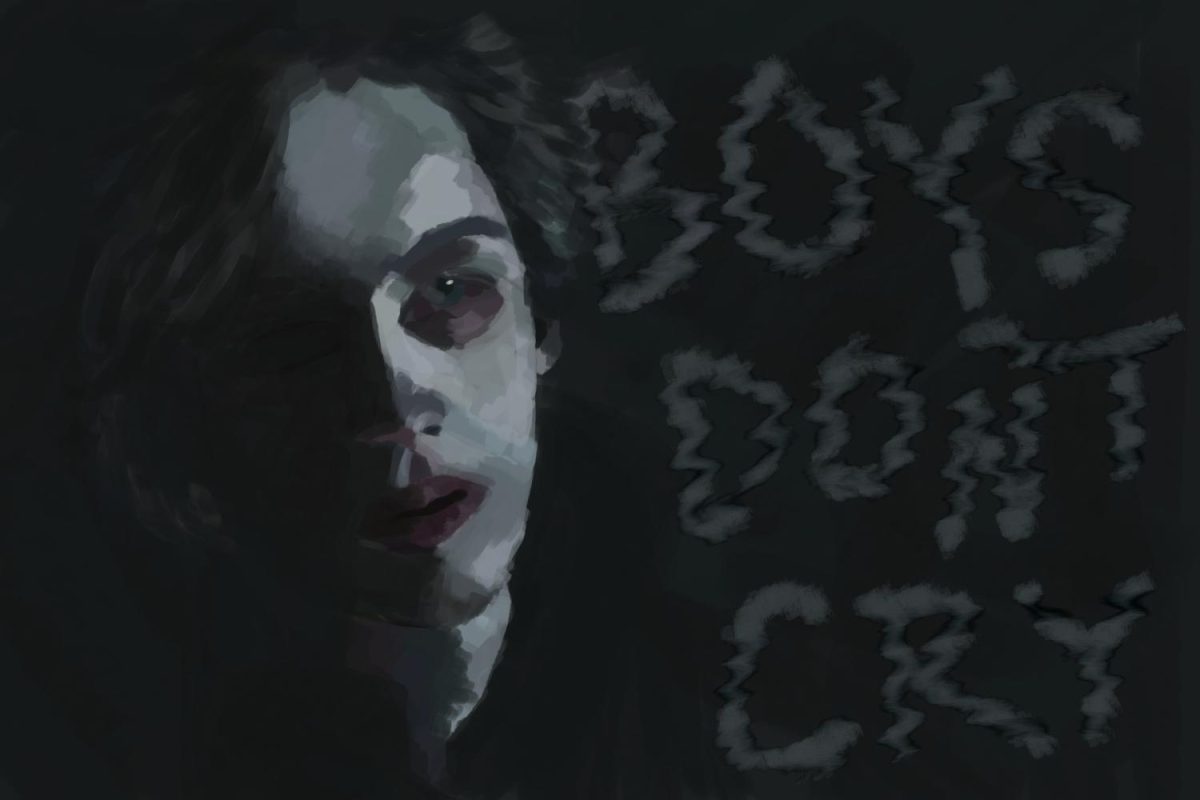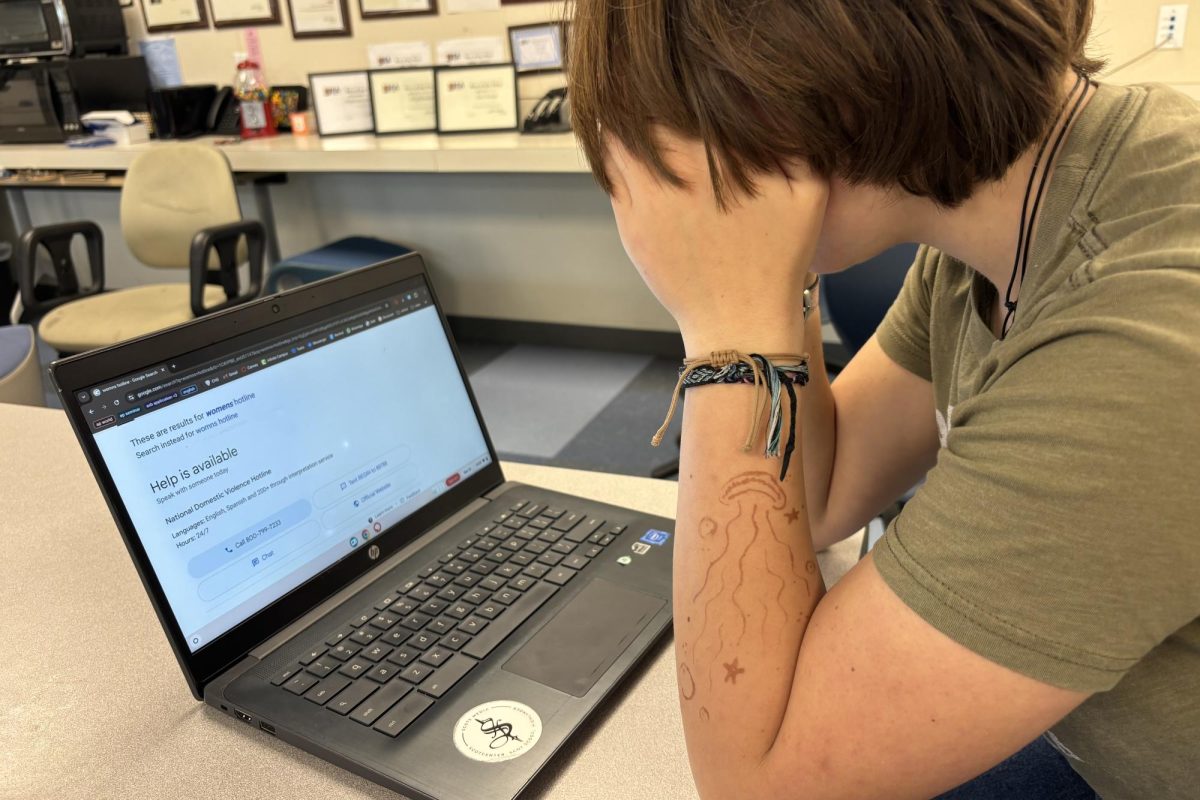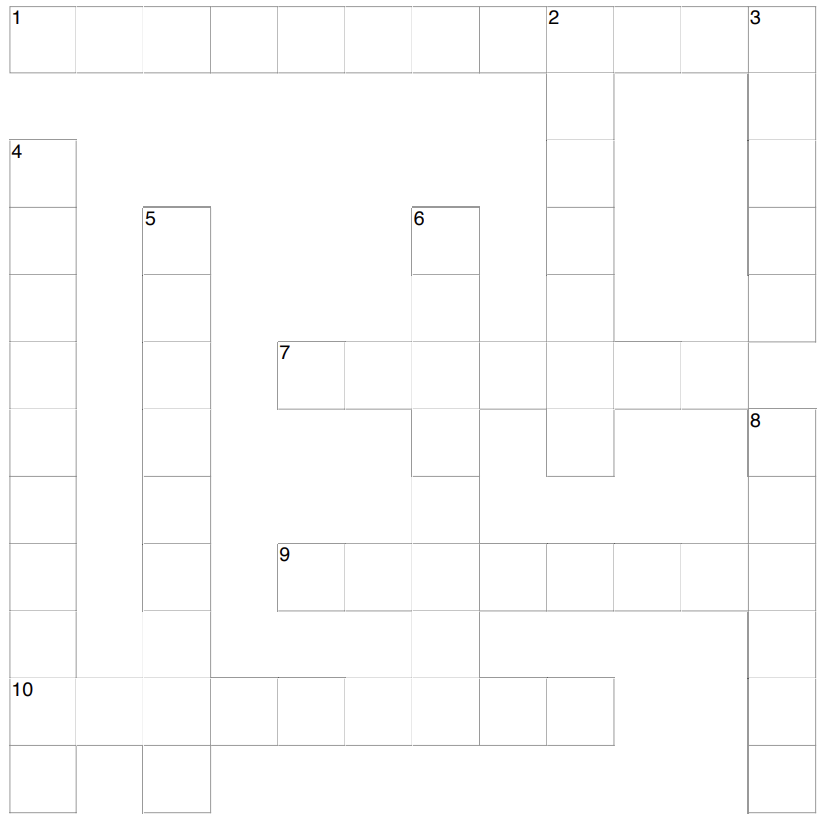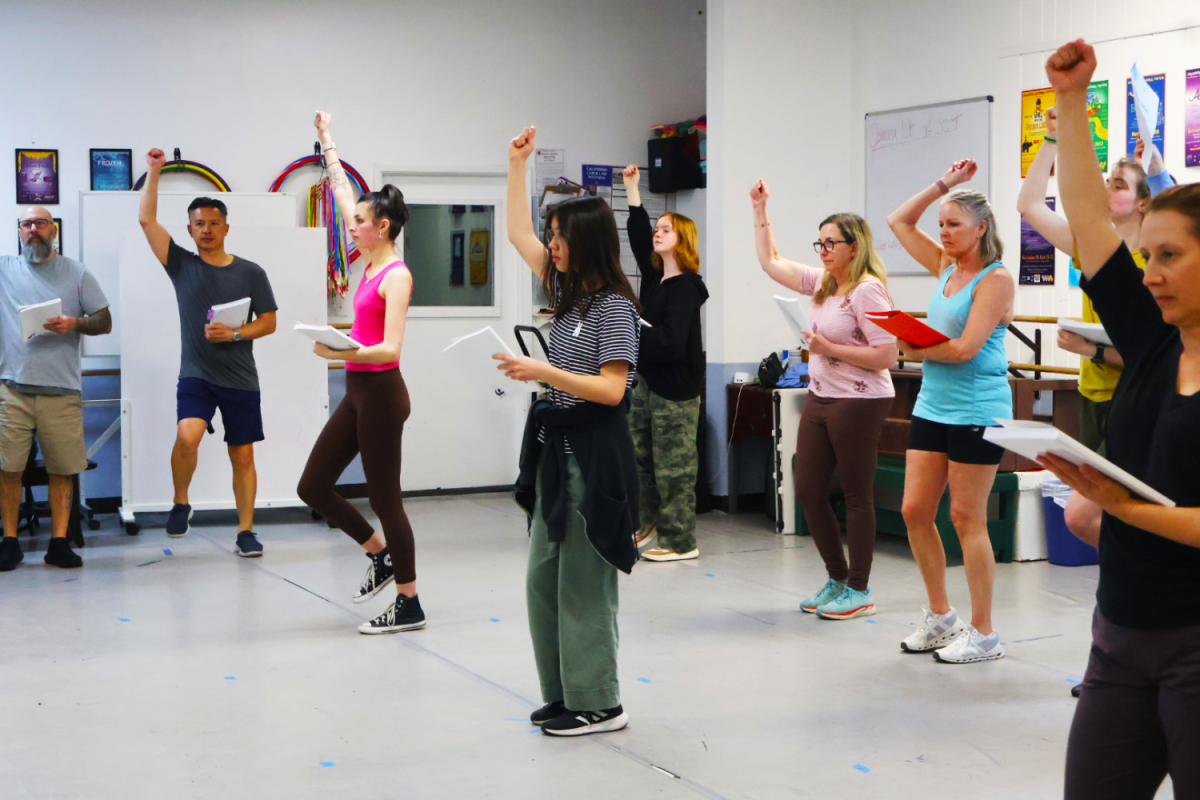A ceasefire deal and hostage release agreement have been struck between Israel and the Palestinian Islamist militant organization Hamas, setting in motion a tentative three-phase plan. The Israeli government approved the deal on Jan. 18, with the first stage of the ceasefire initiating the following day, Jan. 19.
According to BBC, the agreement was modeled after former President Joe Biden’s May 2024 proposal. It came after months of negotiation between the two sides, mediated by international partners Egypt, Qatar, and the United States.
The first phase of the deal, spanning 42 days, includes the release of 33 hostages, primarily Israeli women (both civilians and soldiers), children, men over the age of 50, and foreign nationals, according to AP News.
“I know that the ceasefire will take place in phases, which I think is very understandable. Both sides have to be very careful since they don’t trust each other. Many people are skeptical that the ceasefire will even survive beyond the first stage. Still, we’re hopeful,” said Ghada Zarzar, a Christian Palestinian from Jordan and a Carlmont High School parent.
251 people were taken to Gaza as hostages since the start of the war on Oct. 7, 2023, when Hamas and other Palestinian militant groups launched an attack on Israel, which responded with a massive military offensive.
According to AP news, around 100 hostages remain unaccounted for in Gaza, while the rest have been released, rescued, or had their bodies recovered.
On the first day of the ceasefire, three female Israeli hostages were released, with the next release scheduled for Jan. 25, the seventh day of the truce when four additional Israeli women are set to be freed. For the remainder of the first phase, hostages will be released every week.
In return, Israel has agreed to release 30 Palestinian prisoners for each civilian hostage and 50 for each female soldier. The 90 Palestinians who returned on Sunday were primarily women and teenagers held for less serious offenses.
According to BBC, approximately 1,900 Palestinian prisoners and detainees from Gaza are set to be freed in the first stage of the ceasefire. These prisoners are part of a larger group of 10,000 Palestinians held by Israel, 3,000 of whom are detained without charge.
“They are not given trials. They are put into prison because there is martial law for Palestinians — they don’t have the normal justice system that Israelis do. When they are released, you can see the signs of physical trauma — beaten-down faces, exhaustion, and distress. We’re relieved that Palestinians who have been in prison in such horrid circumstances and treatment are finally able to be released,” said Zane Reid*, a Muslim Palestinian Bay Area resident originally from Gaza.
Hostages and prisoners: weighing the cost of compromise
While the tentative peace and the return of loved ones have been welcomed by many in global communities connected to the conflict, the ceasefire has nonetheless caused mixed feelings, including distrust, frustration, and a desire for a more permanent resolution.
“I know people who are relieved and rejoicing for each hostage that’s been released, but those same people are concerned about what will happen when these prisoners are returned to Gaza. There’s a lot of tension, and the Israeli government and army are on high alert, fearful that these people will lead further offensive actions against Israel and its civilian population,” said Lorrin Lewis, a Palo Alto resident and longtime active member of the local Jewish community, serving as the rabbi’s wife at a synagogue for 34 years.
The ratio of released prisoners to released hostages, as agreed upon in the ceasefire agreement, has also caused tension and disappointment within the Israeli community.
“Many Israelis are very nervous about the Palestinian prisoners who are being released — one Israeli to 30 Palestinians, many of whom are convicted criminals, including murderers. It’s a huge controversy, and I know people who think there shouldn’t have been this kind of disproportionate exchange since convicted criminals are in no way parallel to people who’ve been kidnapped,” Lewis said.
The concern over whether the hostage exchange was fair, as Lewis shares, is echoed by Isabelle Marcus, the mother of two Sequoia High School alumni, who is ethnically Jewish and a native of France.
“The facts of this deal between Hamas and Israel are that, in exchange for 33 hostages, Israel is to hand over 1,900 Palestinian prisoners, including those serving life sentences for murder. When you first see that approach, you think, this doesn’t look like a very balanced deal, and one can wonder if this is a negotiation or some form of inhumane blackmail,” Marcus said.
According to Marcus, one of the most frustrating aspects for the Israeli community during this ceasefire and conflict has been Hamas’s withholding of critical information regarding how many captives are still alive and the identities of those who have died.
“My concern is for both peoples. I believe they deserve better. This deal, once again, represents a psychological war — it’s not just physical. So to say, ‘We’ll give you this number of hostages, but we can’t tell you if they’re dead or alive,’ is deeply unfair. Families on both sides are suffering. It’s not fair or balanced,” Marcus said.
Return and recovery: addressing Gaza’s humanitarian crisis
During the first stage, fighting will pause, and Israeli forces will withdraw from populated areas to a zone approximately 0.6 miles wide along Gaza’s border with Israel, allowing Palestinians to begin returning to their homes.
However, return is far from straightforward. According to the United Nations Relief and Works Agency for Palestine Refugees (UNRWA), at least 370,000 housing units in Gaza have been damaged, with 79,000 wholly destroyed.
“Almost all the population has been displaced from their homes. Now, they are allowed to return to their homes, but what are they returning to? Mountains of rubble, with many of their loved ones buried under these buildings. Now, they are getting a small amount of aid, but this ceasefire feels like a temporary Band-Aid,” Reid said.
Furthermore, as Palestinians move northward, tensions remain high due to the ongoing confrontation between Israeli and Hamas forces, the risk posed by undetonated explosives, and restrictions on specific routes imposed from the seventh day of the ceasefire.
This situation is compounded by the dire humanitarian needs of the population in Gaza, which emphasizes the importance of the relief aid clause in the first phase of the ceasefire. The arrangement permits up to 600 trucks carrying food, medicine, supplies, and fuel to enter Gaza daily.
From Sept. to Oct. 2024, the Integrated Food Security Phase Classification (IPC) reported 1.84 million people in Gaza facing acute food insecurity. By April 2025, nearly 2 million people (over 90% of the population) are projected to be in IPC Phase 3 (Crisis) or higher, with 345,000 in Phase 5 (Catastrophe) and 876,000 in Phase 4 (Emergency).
According to the British Red Cross, throughout the war, aid organizations have faced extreme challenges in addressing relief needs due to restrictions on resources entering through critical crossings like Rafah. The Israeli military imposes restrictions on the entry of specific supplies, citing the reason that they might be used by Hamas for military purposes. Aid trucks are also being extensively looted by gangs, only further complicating relief efforts.
Some Palestinians have raised concerns that the Israeli military is deliberately exacerbating the suffering of residents in Gaza.
“One part of the conflict is making sure the population does not receive the food, water, and supplies they need. This happens by blocking what comes in but also by destroying any infrastructure within Gaza, such as water plants. They are bombing bakeries, aid, and supply distribution centers, and shooting people as they try to get flour,” Reid said.
Furthermore, many have found the increased amounts of aid insufficient to address the extent of the damage caused.
“It’s definitely not sustainable because millions of people, at least hundreds of thousands, have lost their homes. It’s good that humanitarian relief has gotten through, but the damage to these homes and these people has already been done,” said Omar Dahbour, a Palestinian junior at Carlmont High School and president of the Muslim Fellowship Club on campus.
Moving towards peace: the complexities of a ceasefire
Since its announcement, the ceasefire has been received as a welcomed relief by both Israeli and Palestinian communities as a step toward peace. While the consensus is that the ceasefire offers hope, it does not address the root causes of the conflict, serving instead as a much-needed alleviation of suffering on both sides.
“I’m happy to see the possibility of ending the war or at least some agreement between the two sides — that’s a big accomplishment. I don’t want to criticize the ceasefire, but it also does not address the cause of the conflict. That’s why we need a long-term solution that’s fair to everyone, including compensating the Palestinian people who have been through so many struggles,” Zarzar said.
For Dahbour, this ceasefire has brought on mixed feelings, reflecting the sentiments of many.
“I can personally attest to the fact that many Palestinian children and mothers have been targeted as a result of this issue. It’s good that there’s a ceasefire, at least, to protect these children and families. The ceasefire should have come a long time ago, and this could have been prevented way earlier. Tens of thousands of civilians — people who have nothing to do with the fighting — have been killed. The ceasefire was a good gesture, at least, but it definitely could have happened sooner,” Dahbour said.
According to Adam Bartov, an Israeli Jewish junior at Crystal Springs High School and president of the Jewish Club, while the ceasefire does not address the fundamental cause of the conflict, it is still positive news.
“This is great for our community and the hostages. I’m happy that they will be returned home, and I’m also happy for the innocent Palestinian civilians who suffered in the way of this unnecessary war. These are two sides that both don’t have the incentive to keep fighting,” Bartov said.
Bartov notes that the ceasefire doesn’t mark the end of the conflict, primarily due to the tense history between the two sides.
“Hamas’s existence is a big security issue for Israel, and it’s something the people in Israel are very much scared of. Hamas is not just going to want to stop attacking Israel; it’s not that simple,” Bartov said. “This conflict has expanded into something far more deep-seated than just two groups fighting — it’s become a region-wide issue. I believe the U.S. has to stay involved, but this will remain a serious threat for at least the next few years.”
Dafna Akiva, a Jewish resident of Tel Aviv and the mother of an Israeli Air Force member, shared that while her community welcomed the ceasefire with happiness, many would have preferred a total end to the conflict. Akiva shared that her family personally opposes war and the suffering it causes for all involved parties.
“We would have preferred a total ceasefire — a complete end to the war — bringing everyone back, not in pieces. An actual end to the war would allow us to begin rehabilitating both countries; that would have been our preference,” Akiva said.
According to Akiva, she hopes that the people in Gaza will recognize the suffering caused by Hamas, which she believes has brought pain and destruction to both sides. She also hopes for a change in Israeli government policies.
“We’ve been demonstrating on the streets asking for a ceasefire for a long time, for months. Sometimes, we’ve been going many times a day, demonstrating and asking for the government to change its policies and stop the war,” Akiva said.
However, she acknowledged that some Israelis, particularly those who have lost loved ones, still believe the fight should continue until Hamas is no longer a threat.
“We believe, you make peace and treaties with your enemies; it’s clear that they are our enemies, but we still need to find a solution that allows people to live. However, there are still people here in Israel who have lost loved ones and believe we must fight until Hamas no longer exists — and I can’t blame them,” Akiva said.
Akiva noted that, due to the timing of the ceasefire, no significant rebuilding has yet taken place on either side.
Similarly, Zarzar emphasized the immense challenge that lies ahead as Palestinians return home to Gaza.
“Gaza is home to 2.3 million Palestinians. It will take a lot of humanitarian efforts, which should be assessed regularly. Rebuilding efforts should be prioritized, detailed, and have a reasonable timeline,” Zarzar said.
*This source’s name is changed to protect them from legal consequences. For more information on Carlmont Media’s anonymous sourcing, check out Scot Scoop’s Anonymous Sourcing Policy.

